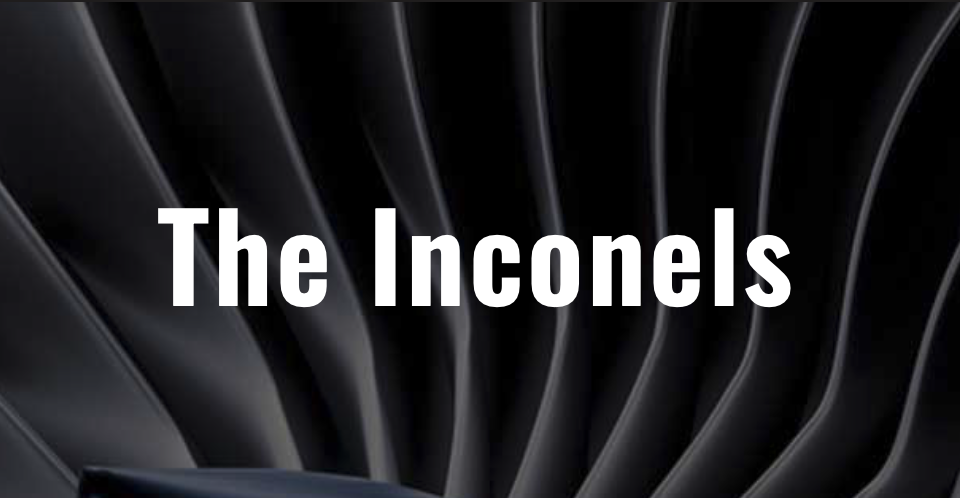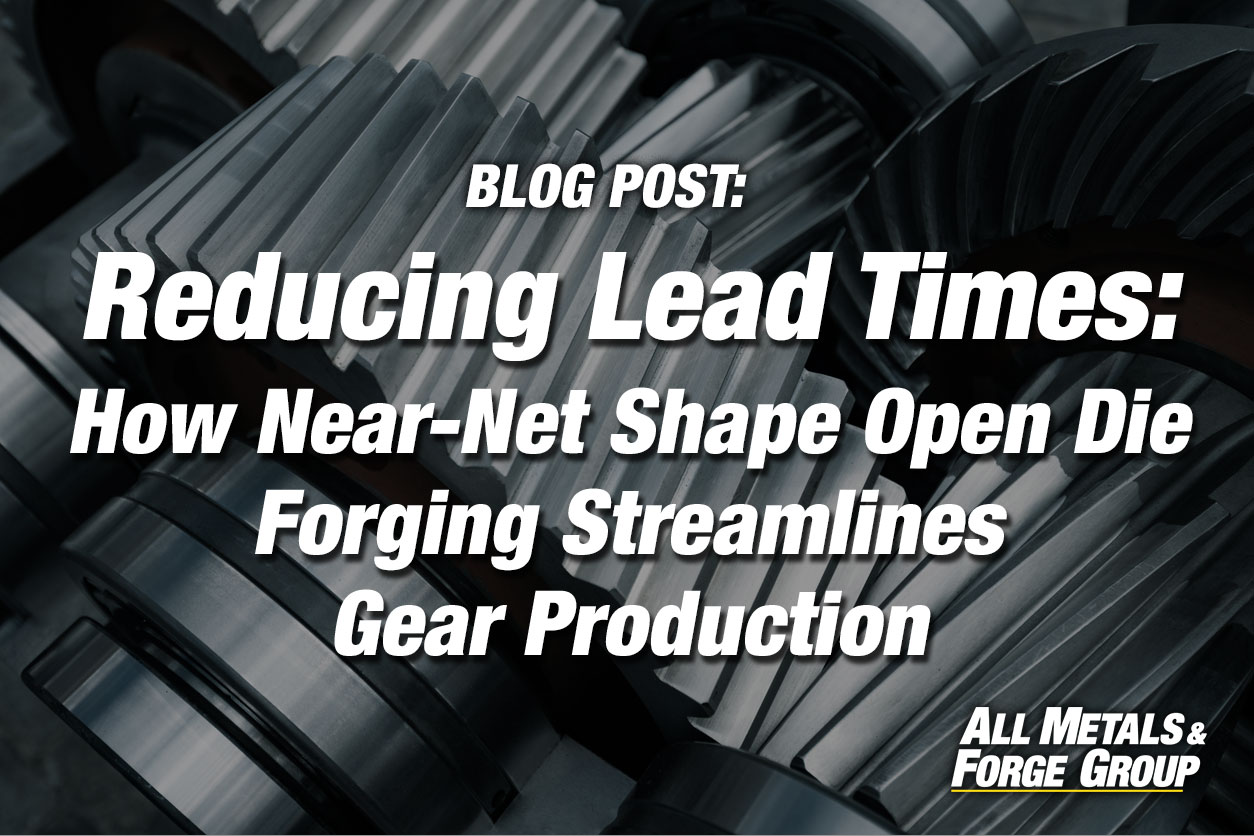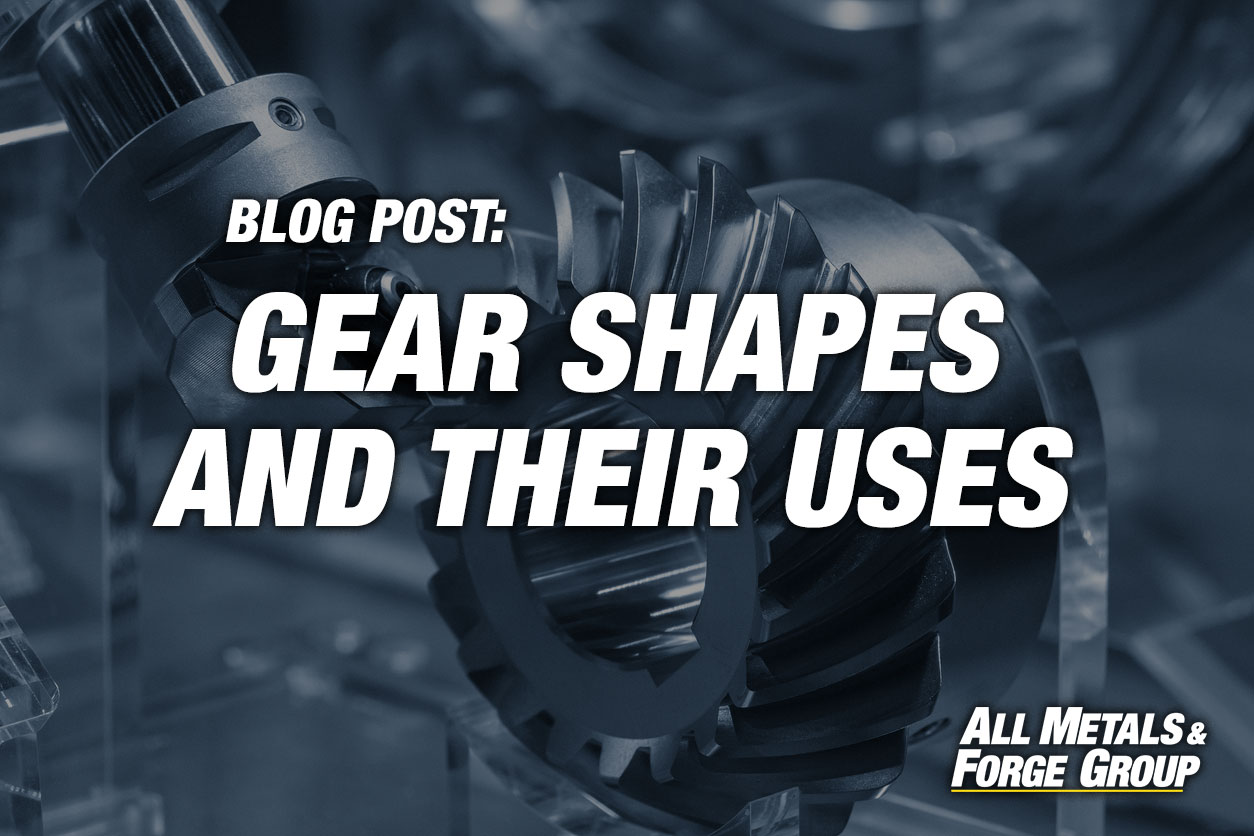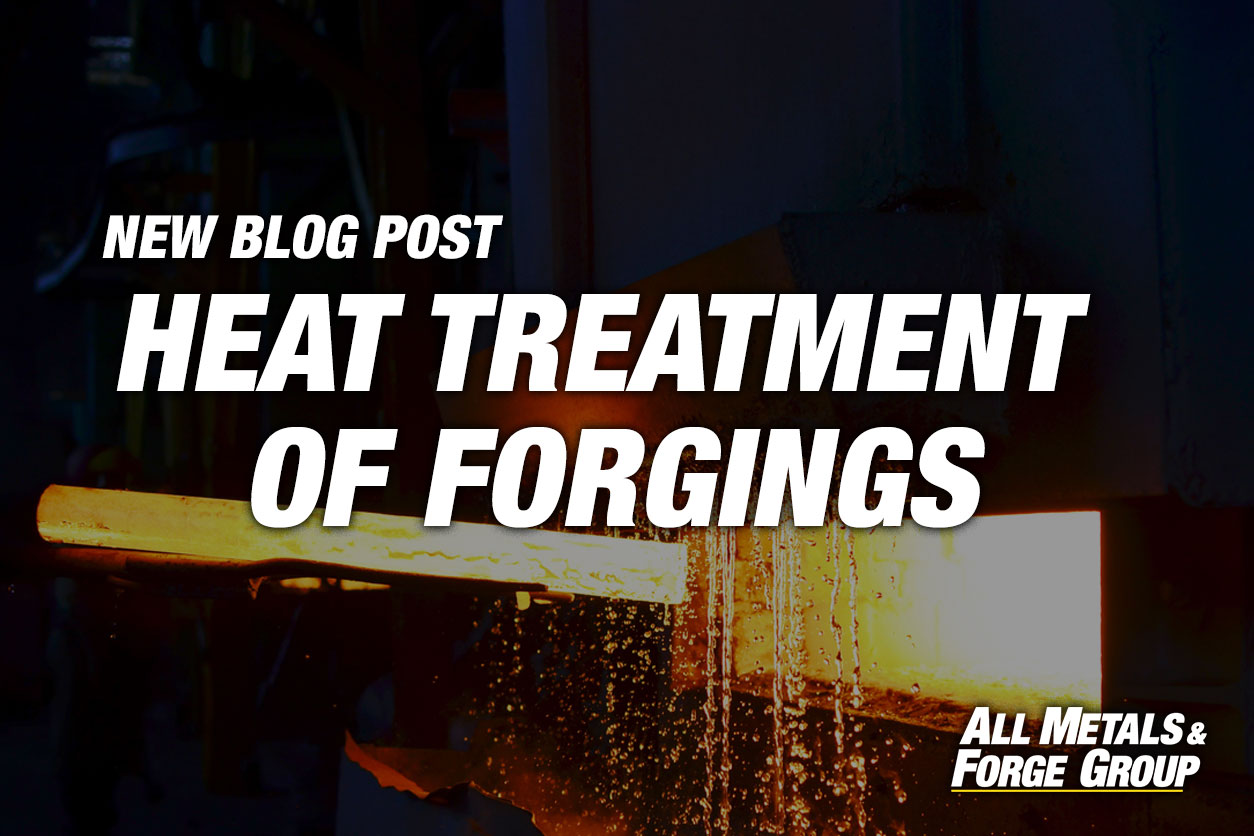Aluminum is light, can be alloyed, forged, and heat treated to increase its strength. It may be hot and cold formed, machined, and welded. Its density is about one third that of steel. AMFG has solid experience in the fabrication and use of aluminum and its alloys.
Extraction of the metal from its ore takes an awful lot of electricity, which is why a few decades ago a number of companies installed plants in Québec, to take advantage of Hydro-Québec’s relatively cheap electricity. Most of the smelted product, primary aluminum, is shipped to the US.
Commercially pure aluminum (CPA) is used for its very good formability and corrosion resistance, where strength is not a factor. Typical uses of this grade are food systems, chemical handling, storage equipment, and fabricated or welded parts.
Forging of aluminum and its alloys must be approached with care. The forging process itself may increase material temperature and may lead to incipient melting. The forging temperature range recommended for CPA is 750ºF-600ºF (400ºC-320ºC). It is annealed by heating to 650 ºF (345ºC). It is not necessary to hold the material at temperature before cooling. Machinability is good, and improves if the material is slightly harder than fully annealed. Weldability is excellent.
Aluminum is doubtless the second most prominent industrial metal after steel. It and its alloys fill major applications in both the aerospace and automotive industries.
There is a significant range of aluminum alloys, and almost all of them find a place in the aerospace industry. Alloy 2014, with 4.5% copper, and about 1% silicon, is a precipitation hardening alloy that is used as heavy duty forgings, and for aircraft fittings, truck frames, and structures.
Alloy 2024, also a precipitation hardening alloy, has some 4.5% copper plus 1.5% magnesium, and a small silicon addition. It is used in aircraft structures, truck wheels, screw machine parts, and other miscellaneous products. This alloy is not easy to weld, and cracking problems may be experienced. Manufacturers of welding equipment and filler metals should be consulted.
Alloy 2219, a precipitation hardening grade with about 6.5% copper, and small titanium, vanadium, and silicon additions, finds use as aircraft skin and structural members. It finds important aerospace applications as forgings. Forging of this alloy is more critical than with the lower-alloyed aluminum alloys, it being more resistant at forging temperatures. Care should be taken in forging, particularly with regard to finishing temperatures. The recommended range for this alloy is between 880ºF-770ºF (470ºC-410 ºC). The alloy resists stress corrosion cracking. Welding requires attention to detail and the use of correct filler metals.
Alloy 6061 is a precipitation-hardening aluminum alloy for general industrial applications, with magnesium (1%) and silicon (0.6%) as major alloying elements. The alloy may be used for automotive parts, cans for food and beverages, and (homemade) aircraft rather than commercial or military aircraft.
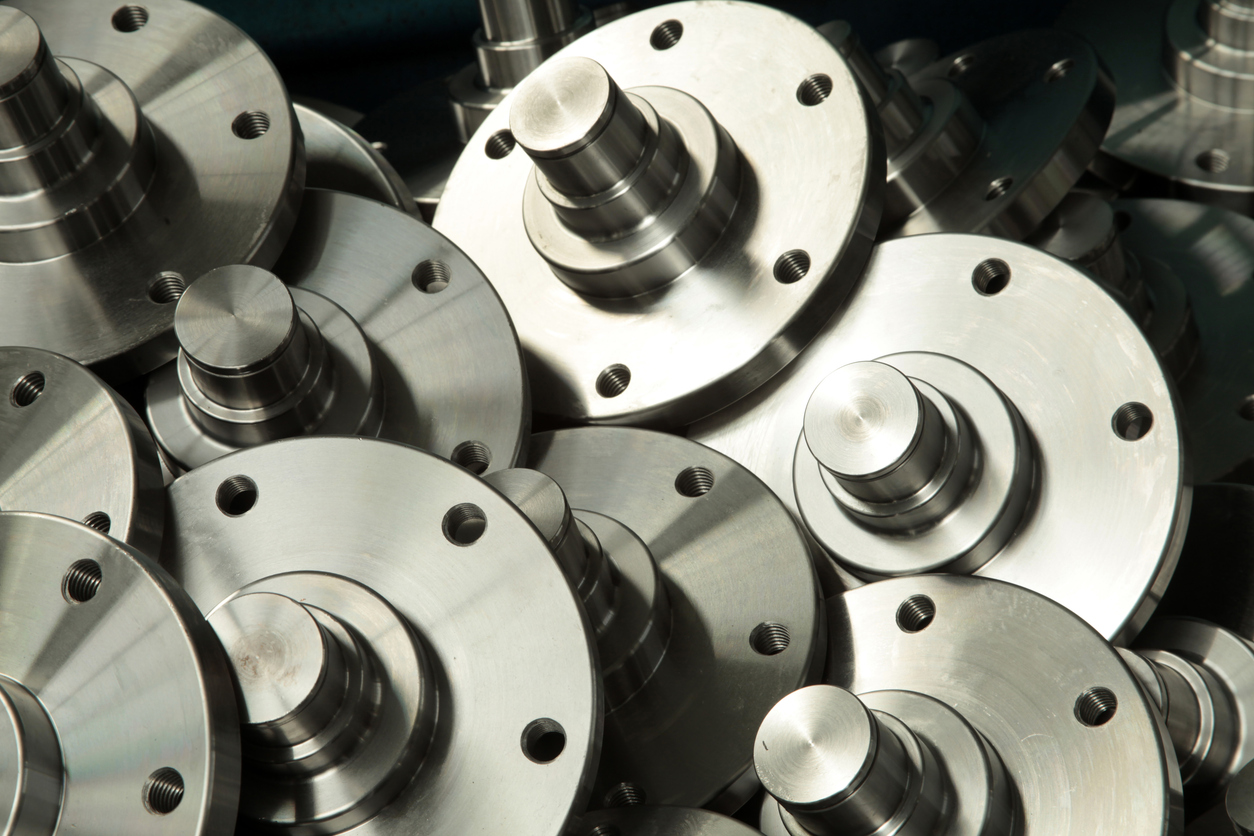
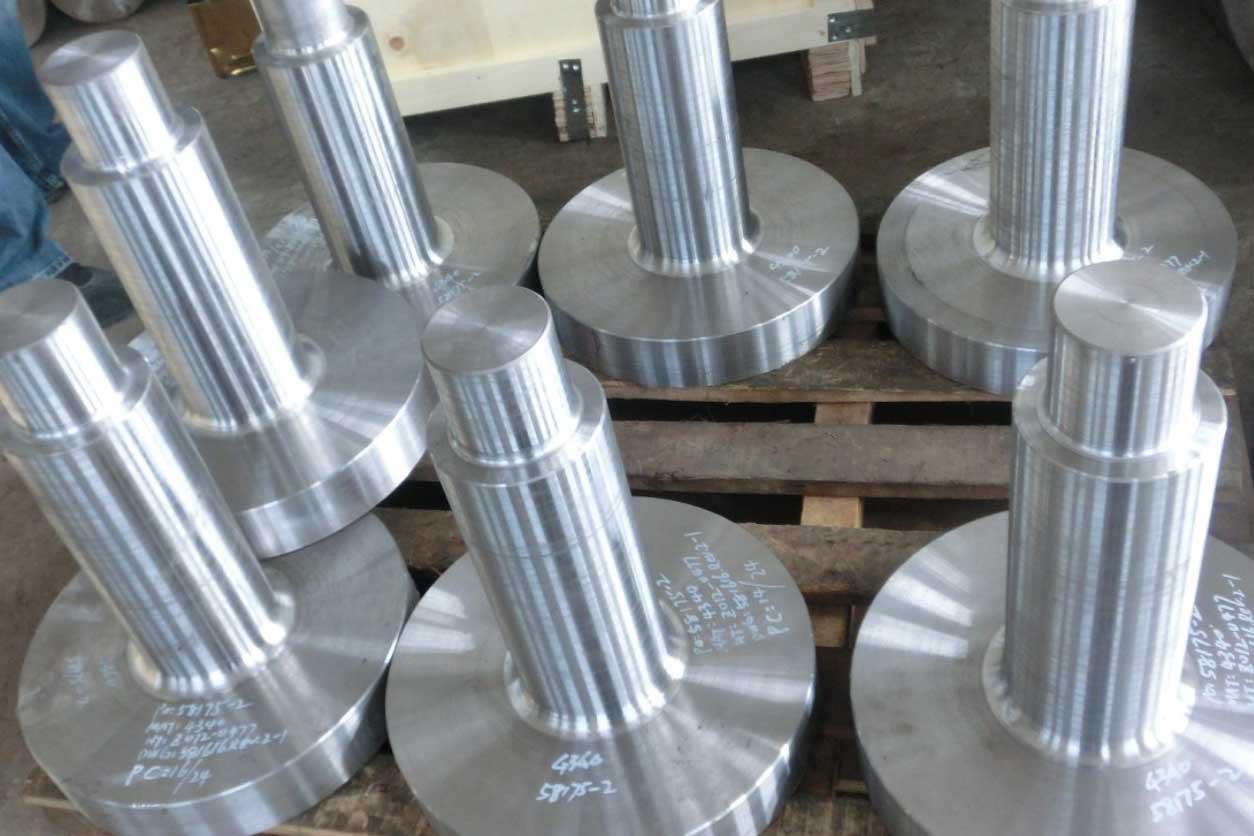
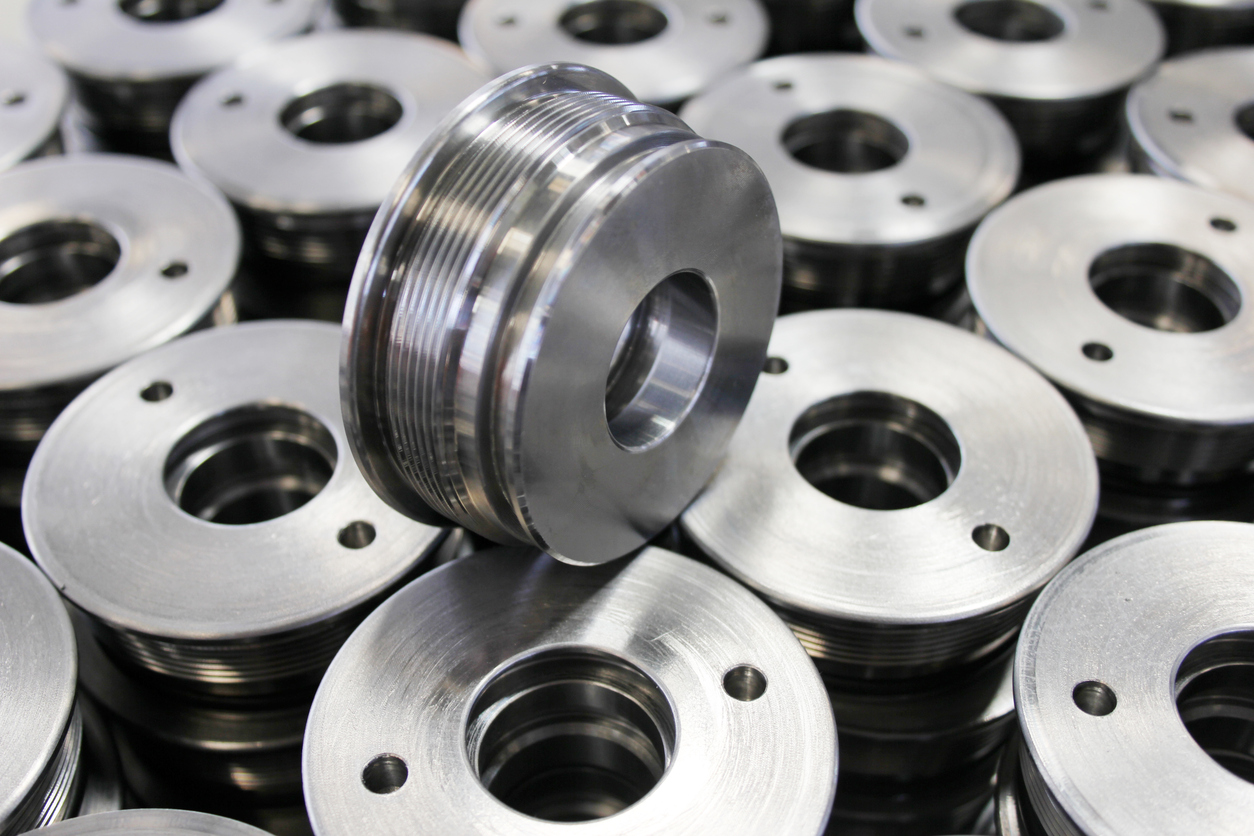
Alloy 7049 is primarily a forging alloy which is heat treatable and has good resistance to stress corrosion cracking. It contains nominally 7.8% zinc, 2.5% magnesium, and 1.5% copper. It finds significant applications in the missile and aerospace industries. This alloy is best not welded, as cracking may occur due to its high strength. If welding is absolutely necessary, tungsten-inert-gas is recommended.
Alloy 7050 is used for structural components in aerospace. The alloy contains nominally 7% zinc, 2.3% magnesium, and 2.3 % copper, and is strong and tough and resistant to stress corrosion cracking. As with 7049, welding is not recommended, but if it must be welded then tungsten-inert-gas is recommended.
Alloy 7075 is a precipitation-hardening alloy displaying good strength and resistance to corrosion. Its nominal analysis is 5.5% zinc, 2.5% magnesium, and 1.5% copper with additions of chromium and titanium. The alloy was secretly developed in 1943 by Japan’s Sumitomo Metal and used for airframe production by the Japanese Navy. It is used for aircraft structural parts, and further for armaments, as well as rock climbing equipment. The alloy is not recommended for welding, mostly due to its high strength and residual stresses that would ensue from the welding operation. Again, tungsten-inert-gas welding may be used.
Alloy 7079 is a precipitation hardening alloy that shows high strength, nominally 4% zinc and 3.5% magnesium, with copper, chromium, and manganese additions. The alloy is used primarily for aircraft structural parts. The alloy is not recommended for welding because of its high strength, and residual stresses associated with the welding operation.
Alloy 7175 is a high-strength precipitation-hardening forging alloy, nominally 5.5% zinc, 2.5% magnesium, 1.5% copper, with chromium and manganese additions. It is slightly stronger and tougher than the 7075 grade. The alloy is not recommended for welding. It finds major applications in aerospace machined fittings.
Alloy 7475 is a strong, tough aerospace alloy, with a nominal analysis of 5.5% zinc, 2.3 % magnesium, and 1.5% copper. It is used in aerospace, armaments and other structures. The alloy is not recommended for welding, mostly due to its high strength and residual stresses that would ensue from the welding operation.
The range of aluminum alloys described above represents material suitable for use in the aerospace, automotive, and food processing industries, among others. The alloys were developed over the years, as were their processing parameters. The word for aluminum production is “detail.” Care must be taken in forging to prevent incipient melting. Heat treatment, as with all types of alloy, is a critical phase of the operation, and if there are any doubts about parameters, a qualified, experienced heat treater should be consulted. Similarly, with the welding of certain alloys, where equipment and filler metal producers can be of help. And machining, where lubrication and tool design are important.

